The most repairable smartphones you can buy in 2020
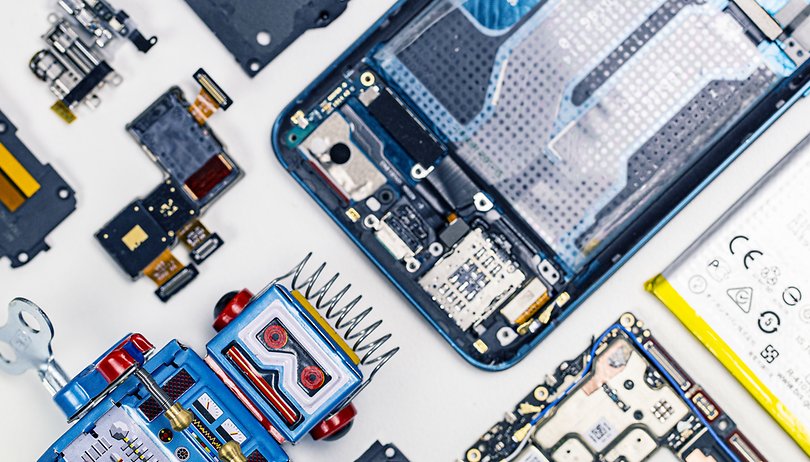

Read in other languages:
You can't make an omelet without breaking a few eggs, and you can't sell new smartphones without making previous ones obsolete. If you want more control over your consumption and no longer want to be a slave to the shelf life of your smartphone, you need to look at repairability. The concept is still emerging and is not yet seen as a decisive criterion for reviewers.
Some tech and e-commerce players are still trying to impose the concept of repairability. In the United States, iFixit, which specializes in repairing tech products, serves as a barometer of programmed obsolescence and its repairability scores make headlines with every smartphone release.
In France, the Fnac/Darty Group developed a smartphone repairability index in June 2019 as part of its annual after-sales service barometer. This barometer is used in tests conducted by LaboFnac (Fnac's editorial entity). WeFix is another player, which can roughly be called the French iFixit, which also contributed to the development of this index, bringing its expertise on the dismantling of smartphones.
By cross-checking the advice of all of these reparability rankings around the world, we have compiled a non-exhaustive list of the most repairable smartphones on the market.
The right to repair: what does it mean?
The right to repair movement, as you may have guessed, is opposed to programmed obsolescence but especially to the grip on the maintenance of a device (here a smartphone) that manufacturers jealously guard. Concretely, this "right to repair", aims to push or even force manufacturers to adopt more sustainable processes both in the design and after-sales service of their products.
Some manufacturers produce appliances that are difficult to repair and almost impossible to disassemble. The parts are glued or even welded to each other or to the chassis. No repair manual is provided in the box or available online on an official website. Spare parts are unavailable or unaffordable two years after the release of the smartphone and the use of generic parts, due to the lack of availability of proprietary parts, will result in the loss of your warranty.
In short, this set of practices can be attributed to almost every smartphone manufacturer today. Not only do they contribute to programmed obsolescence, but they also contribute to dispossessing you, at least in part, of a product that you nevertheless bought.
You're sort of forced to buy a new model every two to three years. The hardware is not the problem, it's the software updates that slow down your device that will eventually overcome your resistance. Why are some people starting to refuse to buy a smartphone between $500 and $1,000 every two years? Is it too expensive? You bet it's too expensive. The manufacturers haven't grasped that yet, though.
The criteria for a good repairability score
Javare Traoré, head of the smartphones sector at LaboFnac, gives us the list of criteria used to develop the repairability index. Each criterion (five in total, availability and price have been grouped into one here) is scored from 0 to 20, and all have the same value (1/5 of the total score). The final score (the average of the five criteria) ranges from 0 to 10.
- The documentation: "We look if the manufacturer provides instructions in the box (manuals) or on an official website (hosted by the brand) regarding disassembly, reassembly, replacement of a part, maintenance or use of the device."
- Modularity and accessibility: "Everything can be repaired as long as you have the tool, the time, and the means. We use a kit that does not include any professional tool, everything can be found in stores. As I have to use more tools, and therefore take more time, the repairability rating goes down. As soon as I have to use another tool that is not in the kit, the part is considered irreparable because a layman and non-professional user won't be able to get the tool to change it anyway. But we also take into account the replacement and reassembly. How easy is it to replace an IP68 gasket for the display for example, or are there tabs to facilitate the removal of the battery."
- Availability and price of spare parts: "We first note the part on its availability. We check to see if there are generic parts that can replace the manufacturer's, like if it used a generic or proprietary port for the battery. Generally, manufacturers commit to two years of availability, but some do not commit at all. Others make a generic seven-year commitment, but not on a specific product, rather on a whole range. What we're interested in is a commitment to a product that is not subject to a commercial policy, we want factual commitments on products that are designed. For the price of the parts, we compare it to the total price of the smartphone at purchase. Ideally, the price of all parts should be less than 20%. Anything above 40%, and the score is zero. It is often the price of the display that penalizes the manufacturers enormously."
- Software update and reinstallation: "We check that the product can be reset by any user. Among other things, we also make sure that the manufacturer gives free access to the smartphone's ROM, if it allows the installation of alternative versions of the operating system, as well as pre-installed software. The user must have the choice to revert to the version he or she has chosen."
The most repairable smartphones you can buy today
Javare Traoré gave us the top three most repairable smartphones to have passed through LaboFnac. We also consulted the iFixit ranking, which is less severe but applies more or less the same criteria to rate the reparability of devices passed under their radar.
It's clear that the great champion of repairability is the Fairphone 3, both in LaboFnac's ranking and iFixit's. LaboFnac then ranks two Samsung mid- and entry-level phones in the rest of its top three. High-end smartphones have a hard time getting good grades, but iPhones are pretty good students in this regard, at least according to iFixit.
The Fairphone 3+ is the champion of repairability
Released on September 10, the Fairphone 3 was one the fairest and most sustainable smartphone available. Its components are very easy to access and easily replaceable, for the most part. Only one tool is required to do most repairs/parts changes and is supplied in the box. Now, the company has launched a follow-up in the shape of the Fairphone 3+. What's great about this is that if you already own the Fairphone 3, you can simply buy the upgraded parts and fit them yourself. This is what a truly modular smartphone looks like!
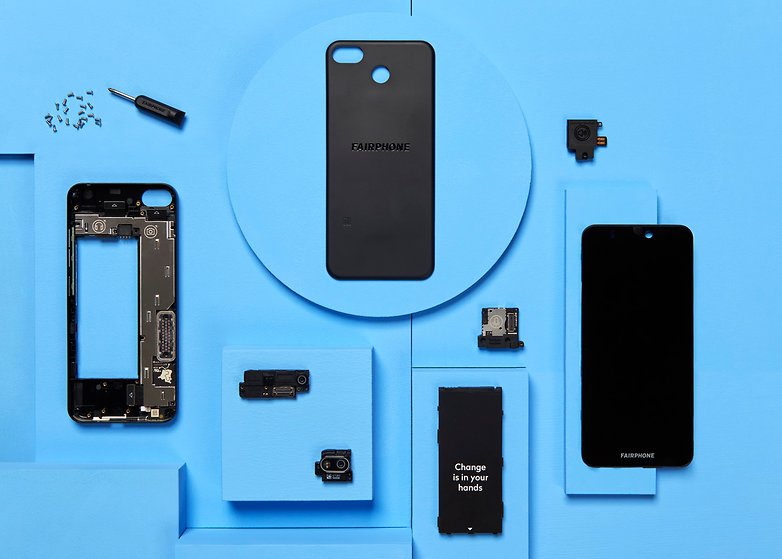
The Fairphone 3 and 3+ are not a smartphone for users who want the fastest processor or the latest technology. But if you want a smartphone that can be repaired easily and relatively cheap (€469), and you are not interested in a premium design, you should take a look at the Fairphone 3!
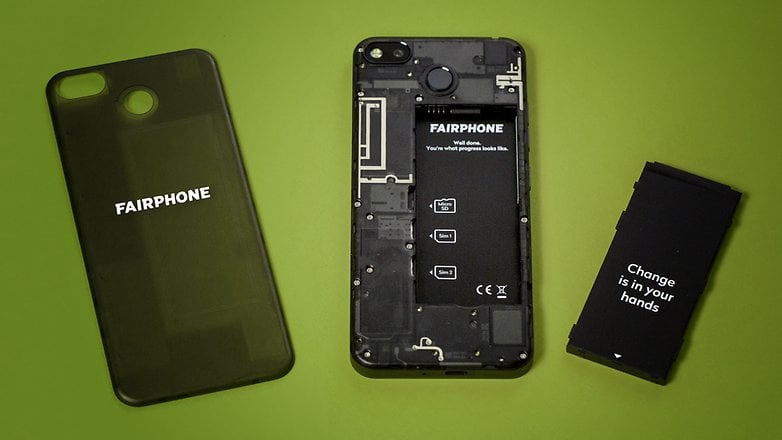
Those who value sustainability and want to reserve the option of repairing their smartphone themselves will find it here. The smartphone scored 5.9 out of 10 by LaboFnac and 10/10 by iFixit. "The Fairphone got a score of zero on parts, because the power button is welded to the chassis. However, the manufacturer does not produce a chassis as a spare part, so it is considered irreparable because it is not available," explains Javare Traoré.
The Samsung Galaxy A70 is the most repairable Samsung
The Samsung Galaxy A70, released in April 2019, was launched in response to growing competition from cheaper Chinese models and to mark the restructuring of the Korean giant's Galaxy A range. The Galaxy A70 features a 6.7-inch (2400 x 1080 pixels) diagonal Infinity-U display. The top of the Super AMOLED 20:9 display has a drop-shaped notch that accommodates a 32-megapixel (f/2.0) camera and at the rear, Samsung has a triple camera.
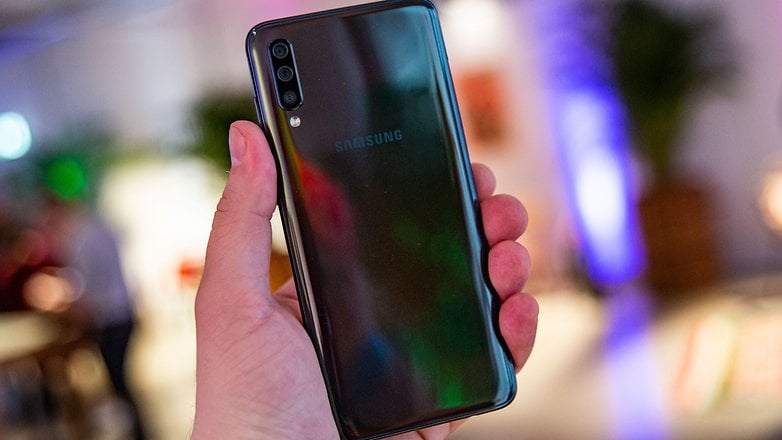
Under the hood is an Octa-core processor (2 x 2.0 GHz and 6 x 1.7 GHz) with either 6 or 8GB of RAM and 128GB of expandable storage. A 4,500 mAh battery that supports a super-fast 25-watt charge is also on board.
Samsung's 'premium features' for the Galaxy A70 also include an integrated fingerprint reader in the display and facial recognition. At LaboFnac, the Samsung Galaxy A70 scored 4.4 out of 10, placing it second on the podium. iFixit did not disassemble the smartphone in order to evaluate its repairability.
This is a more than honorable score when you consider that the average Fnac/Darty ranking is 2.29. In terms of repairability, the Samsung Galaxy A70 is therefore at the top of the class.
The Samsung Galaxy A10 is more repairable than high-end smartphones
The Samsung Galaxy A10, released in April 2019 at less than $200, is the latest low-cost phone of the brand. Both in its general appearance and its technical specifications, this smartphone exudes entry-level appeal, and I mean this is a compliment.
Certainly, the plastic back is not enough to make you drool, and the 6.2-inch IPS LCD isn't as flashy as a nice Super AMOLED panel, we'll grant you that. It must also be admitted that the SoC Exynos 7884 coupled with 2GB of RAM will not allow you to run Call of Duty Mobile at the full graphics settings and the navigation between the different applications will not be as smooth as on the models mentioned above in this selection.
The single 13-megapixel camera on the back won't thrill even the tightest budget photo enthusiasts, but it's surprisingly good. Even some smartphones that cost twice as much don't do any better. But it's far more repairable than a Samsung Galaxy S10, which was five times more expensive than the A10 when it came out.

The Galaxy A10 gets a 4.1 repairability rating from LaboFnac, placing it third in the ranking. iFixit again failed to rate this model. However, the repairer gave the Galaxy S10 a mediocre 3 out of 10 as well as the Galaxy Note 10. The Galaxy Fold received a score of 2.
We can therefore see a strong trend towards non-repairability in high-end models. But, as we'll explain below, that doesn't necessarily mean that a repairable smartphone is necessarily an entry-level or mid-range model.
The Google Pixel 3a proves repairable and premium are not mutually exclusive
With the Pixel 3a, Google wanted to democratize its photo formula from the first Pixel 3 of the name. And on the whole, the service is quite honest, especially for $399 at the time of its launch, half as much as the Pixel 3 when it was released. However, the Pixel 3 XL logically remained one step ahead in terms of power.
The Pixel 3a, therefore, presents itself as an excellent photo alternative for someone who thinks battery life is not a deal breaker. It also offers the added advantage of working with Google's software interface and benefiting from quickly deployed updates.
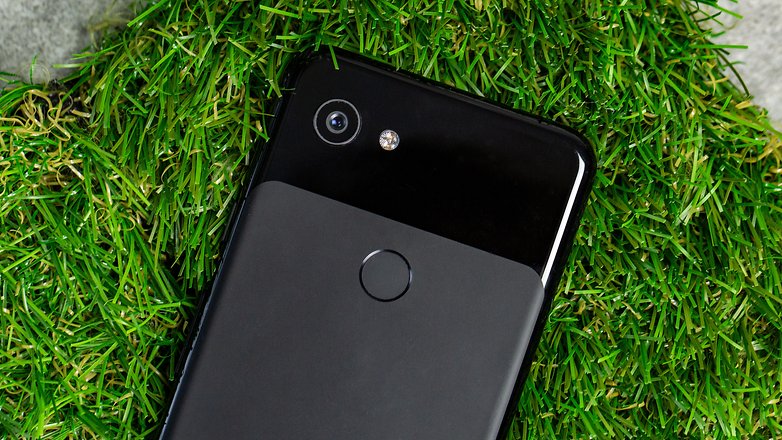
And it's also the first Pixel smartphone to be repairable, at least according to iFixit who gave it a very good score of 6 out of 10. In spite of the presence of too many thin cables that could be torn in case of clumsy action, iFixit assures that they "enjoyed returning to an era of more easily repairable devices".
A positive point for the Google smartphone is that the screws are in the standard T3 Torx format, so you don't have to change the screwdriver every time you open it. But that's not all, the adhesive that holds the battery seems not to be too resistant, just like the one on the screen. The components are also relatively easy to remove. In short, repairing the Pixel 3a seems to be child's play compared to some other smartphones. Note that the Pixel 1 of the brand also got very good marks, iFixit giving it a 7 out of 10 for example.
Apple's iPhones are good students too
The latest iPhone generations also get good repairability scores, at least at iFixit. Thus, the iPhone 7, 8, X, XS, and XR received a score of 7 out of 10 from iFixit. The iPhone 11 scored 6 out of 10 on the iFixit scale. On all these models, the repairer will be pleased with the easy access to the battery, which nevertheless requires a special screwdriver and a certain method, but it's not very complicated, the site assures us.
Apple is known for an iron first approach with which the brand protects its secrets and frames the after-sales service around its products, particularly the iPhone. "With Apple, there is a problem with the processes related to certifications. You can't order Apple parts without being certified, you have to have the approval. The repairability index judges repairability without the need for a manufacturer's account. They have all the information, it's really very precise, but they don't want to communicate on it yet with third-party repairers/testers," Javare Traoré explains.
Whatever the case, if it hasn't been slowed down by a software update, your iPhone is probably one of the most repairable smartphones on the market, but it will have to be, and this has been a known fact for a long time, in the Apple store, or by an authorized repairer.
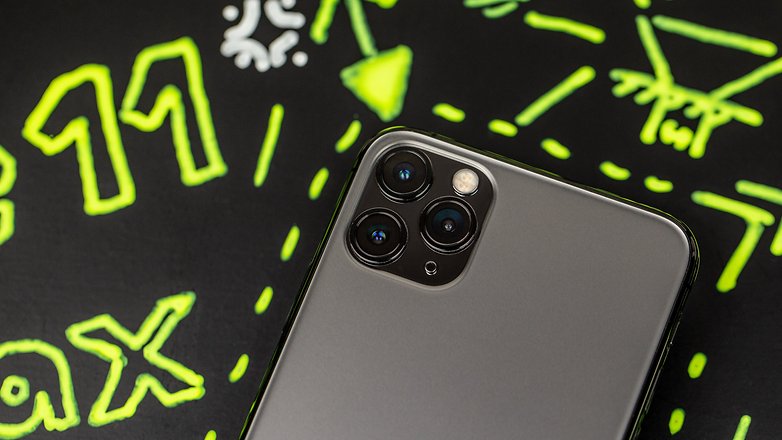
Repairability and high end: the impossible compromise?
As we have seen in the development of this selection, high-end smartphones are rarely the most repairable. Components are often stuck or welded to the chassis, or impossible to dismantle without special tools that are not commercially available. But the main hindrance to repair is not necessarily disassembly/assembly, according to Javare Traoré of LaboFnac.
"Performance drops in firmware upgrades on high-end smartphones are the main concern. They're taking a big chunk out of the repairability index here at home because of that. We don't have any diagnostic tools to help us diagnose when we boot without failure, for example." So programmed obsolescence still has a long way to go.
But according to Baptiste Besnouin of WeFix, this state of affairs is not a fatality. "Repairability is becoming more and more democratic, manufacturers are seeing the mandatory repairability rating and this will push them into new manufacturing concepts," explains the repair expert.
And to conclude: "I am quite convinced that we will be able, contrary to what is done today, to have high technology, objects with noble materials in short, jewelry products, while making something more modular, we will have to think about it from the conception of the product."
At a time when the market is punctuated by a fast-fashion dynamic, with cheaper products destined to be renewed regularly (every two or three years), this optimization is good, but it's hard to share it. Moreover, repairability in itself is going to have a hard time establishing itself as a decisive criterion for more reasoned consumption.
Just because my smartphone is easily repairable and spare parts are available for a longer period of time doesn't mean that aggressive brand marketing won't persuade me that my model is too dated to move on to the next one.
While it is possible to force manufacturers to adopt more sustainable processes, it is difficult to impose such behavior on consumers. Regulating a market by hindering purchase seems totally unnatural from an economic point of view. And relying on the awareness and self-responsibility of buyers is utopian, even inept.
Maybe the solution is not to slow down the pace, keeping the model for 5 or even 10 years instead of the usual 2-3 years. But rather give a second life to our old smartphones by developing the circular economy. We'll still be able to blindly chase the latest flagship, but without throwing our old model in the trash, especially if it's easily repairable and therefore refurbishable.










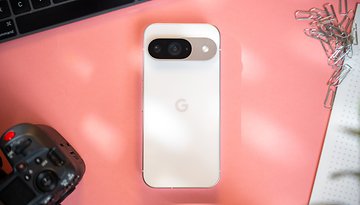









Nice article...!!!
Even the hardest to repair, CAN be repaired, if you TAKE YOUR TIME, follow the instructions and have the patience to do it. I've been a tech for almost 40 years. Although now with stuff I have to use a magnifying lens, it's still easy.
Sometimes repair smartphones create a problem, so in my point of view, one should buy a new phone.
Sometimes repairing a car creates a problem, so from my point of you, one should buy a new car.
-
Admin
Mar 16, 2020 Link to commentBig issue. Our money is good, their products are not. Intentionally so